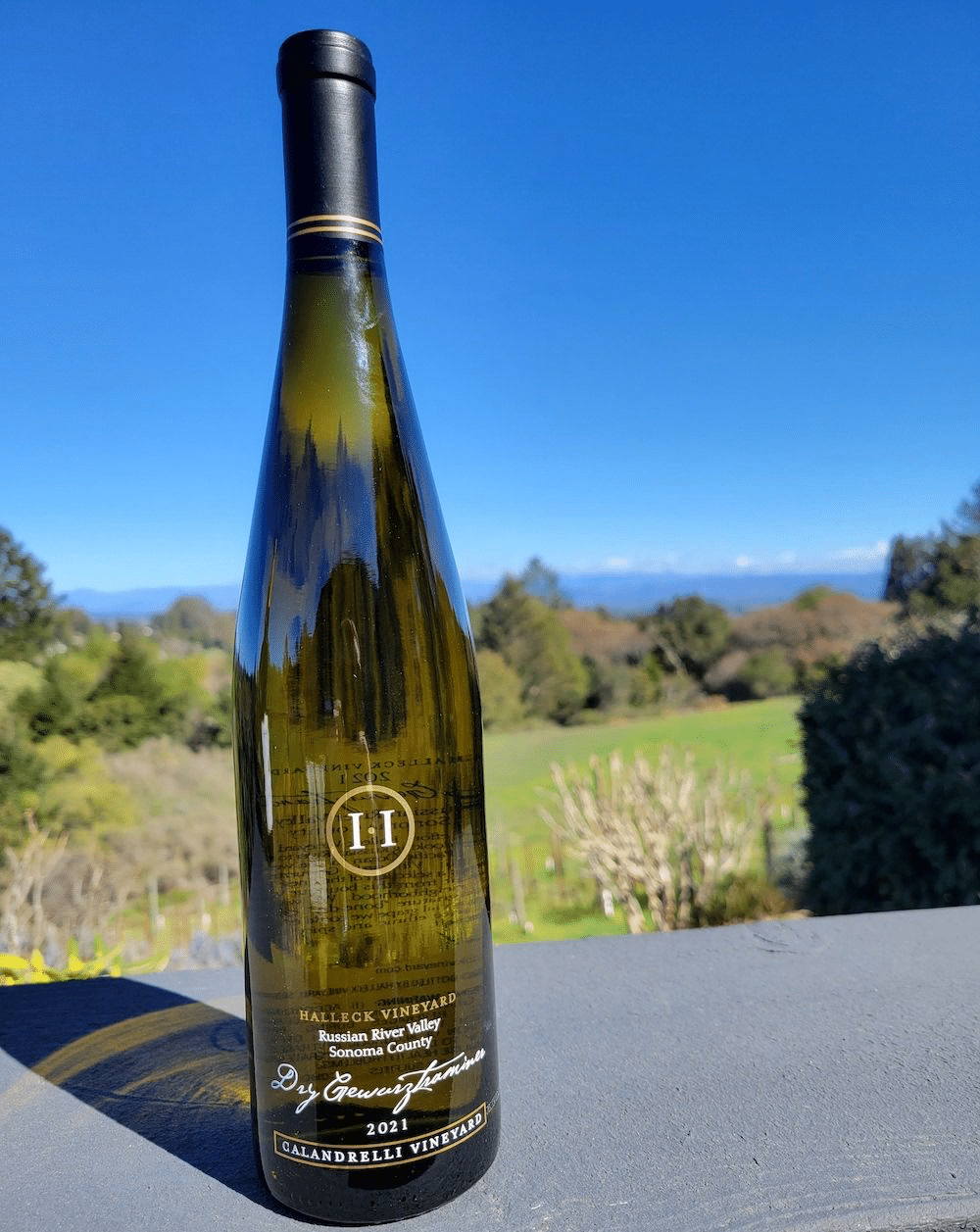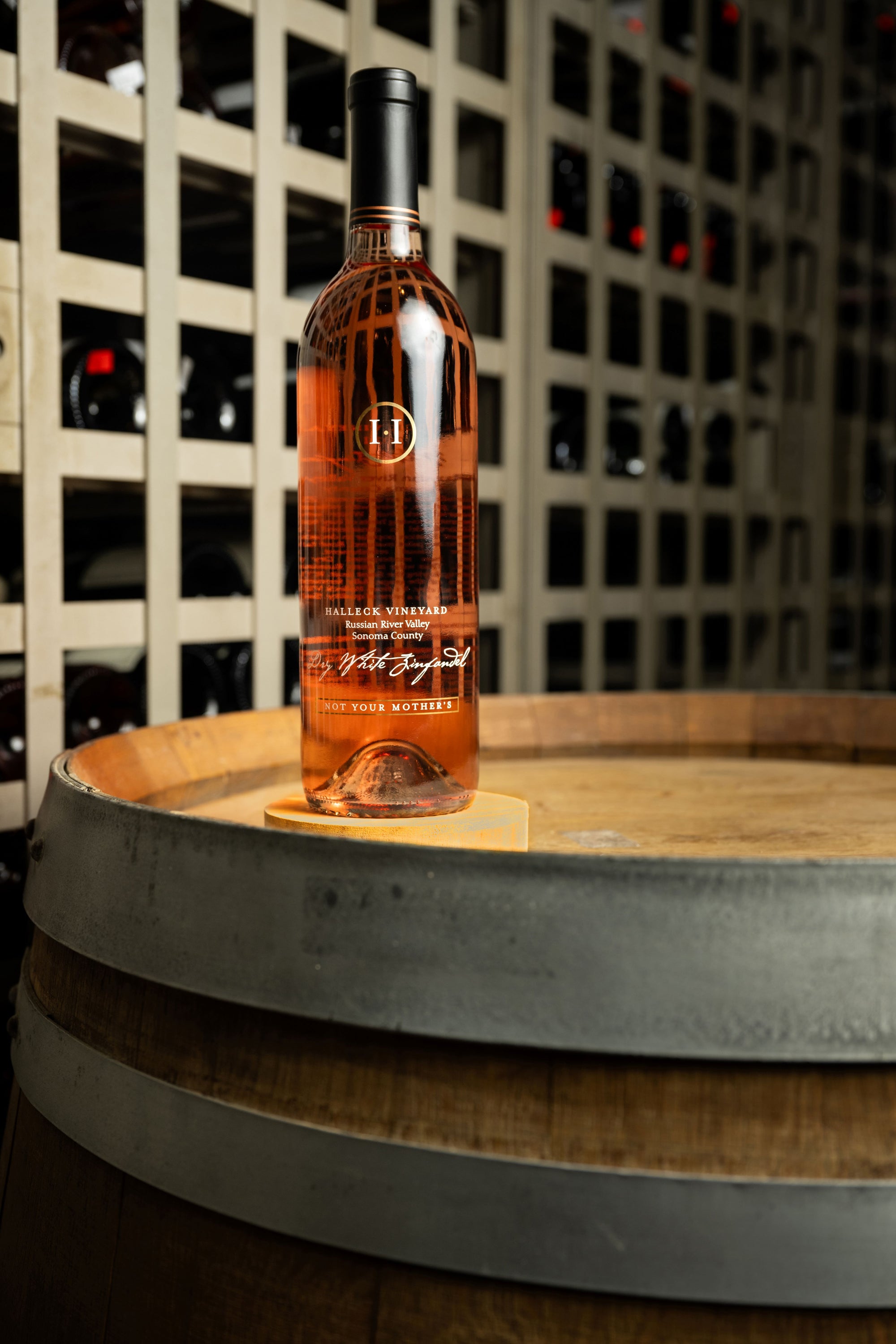Small Batch Wineries In Sonoma Valley - Wineries In The Sebastopol Region
Small Batch Wineries In Sonoma Valley - Wineries In The Sebastopol Region
Blog Article
Wineries With Beautiful Architecture - Greatest Wine Tasting Locations In Sonoma
Wine tasting is an art that requires practice and an understanding of varied features concerned within the process. One essential factor of wine tasting is the development and interpretation of tasting notes, which function a guide for each novices and seasoned connoisseurs. A Guide To Understanding Winery Wine Tasting Notes can enhance your wine-tasting experience, making it more significant and gratifying.

Tasting notes are concise descriptions that capture the essence of a wine’s flavors, aromas, and general character. Normally composed by professional tasters, winery tasting notes offer insights into the nuances of assorted wines. They might help wine enthusiasts understand what to anticipate from a selected bottle. Nonetheless, tasting notes can differ widely in style and detail primarily based on the writer's experience and palate.
Romantic Winery Destinations In Sebastopol - Finding Good Wineries For Wine Tasting
When you first method a glass of wine, your senses will begin to have interaction right away. The sight, scent, and style of the wine will converge to offer you a complete experience. Tasting notes typically begin with the visible assessment, the place the colour of the wine is taken into account. Color performs a significant position in indicating the wine’s age, grape variety, and even its flavor profile.
After assessing the visual side, the subsequent step entails swirling the wine in the glass. This action aerates the wine, allowing its aromas to awaken. Smelling the wine provides critical insight into its complexity. The preliminary sniff can deliver a flood of scents which will embrace fruity, floral, herbal, or earthy notes. This is usually probably the most subjective a part of tasting, as particular person experiences can dramatically differ.
In winery tasting notes, descriptors are sometimes categorized into major, secondary, and tertiary aromas. Major aromas normally stem from the grape selection, secondary aromas derive from fermentation processes, and tertiary aromas arise from getting older. Understanding these classes might help you appreciate the depth of a wine, and they also give you the vocabulary to express your experience higher.
Wineries Hosting Seasonal Events - Sebastopol Vineyard Visits
Following the olfactory encounter, your focus will shift to the taste of the wine. This is where the primary characteristics—sweetness, acidity, tannins, alcohol—come into play. Tasting notes often element these flavors in multiple dimensions, including the initial assault in your palate to the lingering end on your tongue. A high-quality wine will present a harmonious steadiness between these factors.
While tasting, it's essential to contemplate the physique of the wine, which can be described as light, medium, or full. The body contributes considerably to your general impression, helping you contemplate how the wine pairs with food or whether it stands alone as a sipping wine. Balancing the body with the opposite characteristics will give you a fuller understanding of what the wine has to offer.
The end of the wine, also referred to as the aftertaste, is another crucial facet usually included in tasting notes. A lengthy, pleasant finish often signifies the next quality wine, whereas a short or cloying aftertaste might suggest otherwise. Evaluating the finish can offer additional perception into the wine's complexity and distinction.
Understanding the context of winery tasting notes is also useful. Tasting notes can provide contextual information about the vineyard's location, local weather, and grape-growing practices. This context provides one other layer of appreciation for the wine, allowing enthusiasts to attach the sensory experience with its origins, thus enhancing the enjoyment additional.
Rustic Family-Owned Wineries In Sebastopol - Wine Tasting Activities In Sebastopol
Many wineries provide tasting notes on their websites or labels, usually written in an approachable yet informative style. Nonetheless, not all winery tasting notes are created equal. Some could additionally be overly technical, whereas others would possibly prioritize marketing flair over insightful analysis. Studying to navigate these notes can arm you with the data to make knowledgeable decisions when deciding on wines.
Participating in tastings at wineries can even deepen your understanding of wine tasting notes. Interacting with educated employees can provide you a extra hands-on approach to exploring different wines and the language used to describe them. Breathtaking Views From Sonoma Wineries. You Will have the opportunity to ask questions, interact in discussions, and potentially refine your palate in real time.
Experimentation is essential for mastering wine tasting notes. As you pattern totally different wines, try making your individual notes. Focus on describing the wine’s colour, aroma, taste, and finish. Over time, you’ll develop a personal vocabulary that resonates together with your sensory experiences. Each note you create will assist refine your palate, permitting you to appreciate wines at a deeper level.
Wineries Pairing Wine With Chocolate - Wine Tasting And Vineyards In Sonoma
In conclusion, a Guide To Understanding Winery Wine Tasting Notes offers a comprehensive framework for diving into the world of wines. It equips you with the strategies and language essential to articulate your experiences. Whether you are a casual drinker or a dedicated aficionado, understanding and utilizing tasting notes can profoundly impression your wine journey. This information not solely internet enhances your enjoyment but in addition connects you deeply with the wealthy narratives every bottle tells. By embracing this journey, you turn out to be a part of the beautiful mosaic of wine culture, the place every sip unveils a model new story waiting to be found.
- Wine tasting notes typically embody a variety of sensory descriptions, including aroma, flavor, acidity, body, and end, allowing tasters to fully recognize the wine's characteristics.
- To enhance your understanding, familiarize yourself with frequent wine terminology corresponding to "tannins," "oakiness," or "terroir," which might help decipher the notes extra effectively.
- A systematic approach to tasting involves first visually assessing the wine's colour and readability, adopted by swirling to release aromas, then inhaling and describing what you experience.
- Taking notes during tasting can help determine patterns over time, improving your palate and making it simpler to recall preferences for future selections.
- Don't overlook the affect of food pairings; tasting notes can differ greatly when a wine is enjoyed with complementary flavors, altering notion and pleasure.
- Pay attention to the wine’s vintage, as weather conditions in a given 12 months can considerably have an effect on the final product, including one other layer to the tasting notes.
- Contemplate the winemaker's style and philosophy, which might form the wine's profile and impact how its notes evolve with each sip.
- Practicing with totally different grape varieties can broaden your vocabulary; every sort brings distinctive characteristics that may improve your capacity to articulate tasting notes effectively.
- Partaking with wine professionals or attending tasting events can present priceless insights, offering a richer context for understanding personal tasting notes.
- Keep In Mind that tasting is subjective; particular person preferences and experiences will shape one’s interpretation of the same wine, enriching the overall enjoyment of wine exploration.
What are wine tasting notes?
Wine tasting notes are descriptive comments made by tasters in regards to the look, aroma, taste, and end of a wine. They present an overview of the wine's traits and may help consumers understand the style and high quality of the wine.
Best Chardonnays From Sonoma Winemakers - Wine Tasting Experiences In Sonoma Valley
Why are tasting notes necessary when choosing wine?
Tasting notes can guide you in selecting a wine that fits your palate. They provide insights into flavors and aromas, helping you to match wines with food or occasions. Understanding these notes enhances your overall wine experience.
How ought to I learn wine tasting notes?
(Best Wineries For Wine Tasting In Sonoma)
Best Wineries For Sunset Views In Sebastopol - Sonoma Wineries With Vineyard Views
When reading wine tasting notes, take note of the construction: look for descriptions of colour, aroma, flavor, and end. This will help you grasp the wine's profile and determine if it aligns along with your preferences.
What phrases commonly appear in wine tasting notes?
Widespread terms embrace "tannin" (the structure), "acidity" (the crispness), "physique" (the weight), and varied flavor descriptors like "fruity," "earthy," or "spicy." Familiarizing your self with these terms can deepen your understanding of wine.
Affordable Wine Tastings In Sonoma County - Sebastopol's Vibrant Wine Scene

Am I Able To create my very own tasting notes?
Yes! Writing your individual tasting notes can improve your wine tasting experience. Focus on your observations of style, aroma, and different sensory characteristics. This personal practice can help you refine your palate over time.
How do I identify the aromas in wine tasting notes?
Wineries Offering Virtual Wine Tastings - Sebastopol Winery Experience
To determine aromas, practice smelling quite a lot of scents and associating them with wines. Swirl the wine in your glass to launch its aromas, then take a second to breathe in deeply earlier than figuring out any distinguished scents.
What is the difference between professional and personal wine tasting notes?
Professional tasting notes might use extra technical language and specific terminology, whereas personal tasting notes are subjective and reflect particular person experiences. Both are valuable for understanding and having fun with wine, however personal notes could resonate extra along with your distinctive tastes.
How can tasting notes improve my wine appreciation?
Wineries With Unique Tasting Experiences - The Beauty Of Sebastopol Wineries
Tasting notes can improve your appreciation by serving to you to grasp and articulate the complexities of wine. They encourage conscious tasting and supply a framework for comparing completely different wines, resulting in a richer enjoyment of the beverage.
Are there any apps or instruments to assist with wine tasting notes?
Sure, there are several apps designed to help users record and organize their tasting notes. These tools often provide options like flavor wheel guides and wine database searches, making it simpler to trace useful source your journey via totally different wines. Report this page